Keyword: cirno head empty
ChaoticNeutralCzech
Because
- When the internet was rolling out, a decentralized, open, best-effort solution of TCP/IP thankfully won over telephone companies' centralized system proposal
- IPv6 is still not universal for some damn reason
- Onion addresses solve these problems but good luck getting everyone aboard with Tor
- You always trade anonymity for reachability, and with the amount of threats, NAT and firewalls have been put up to make it harder for unsolicited requests to reach you by default
A powerbank is another step in energy conversion and the cables are annoying.
I hope they have the decency to sell reversible AC units (double as heat pumps with just a few basic components extra) and don't overestimate their customers' heating power requirements (a 10kW heat pump can replace a 30kW furnace, it will just run a higher percentage of the time - heating used to be grossly overscaled because high-power furnaces were cheap).
Yeah, it's fun but the temperature needs to be correct. With rising temperature, the paper goes black, light gray, brown and then glowing orange.
The IMU probably drifts by some small percentge but an intermittent GPS signal every few kilometers should ensure that it never gets too far off course.
I am not aware of any receipt printers using lasers - thermal printers have an array of resistors that get hot when necessary. I know how a laser printer works and it is hard to explain in 12 or so words. Inkjets are way easier, you can just say "squirt squirt oops". Anyway...
- A photosensitive drum gets a negative electrostatic charge.
- A laser shining through a rotating prism scans lines across the drum's surface. This removes charge from parts of the drum that should not be covered in toner.
- A high-voltage corona wire inside the toner reservoir charges an amount of toner positively.
- The charged drum rotates past the corona wire, getting covered in toner where its negative charge remains.
- Paper is pushed against the drum and the powdery toner is transferred to it.
- The paper continues into a fuser, a little oven where a heating element briefly makes the toner so hot that it melts, its powder particles making a permanent bond among themselves and with the paper. (The heater is usually stationary and heats the paper from below. The fuser drum that pushes paper against the heater can get sticky and pick up some of the toner, making images repeat down the page. This is the most common failure mode that cannot be resolved through regular maintenance such as replacing the toner cartridge and printing cleaning pages. However, almost all laser printers have a cheap fuser module or its drum available so it is usually worth replacing.)
Oh, I forgot about the quality of US infrastrure. If an engineer needs to make a voice call to communicate to unpower the line because a train has derailed, that's a systemic problem. I think all metros in the EU have telemetry and any major railway implements ETCS. Weird that "safety first" means that schoolkids cannot see the eclipse but public transport infrastructure gets way underfunded.
Also, a certain "blue line" keeps going off the rails in the US. I read this out of context and thought the police staged a riot.
Time travel is a prerequisite but don't worry, you can just
from __future__ import antigravity
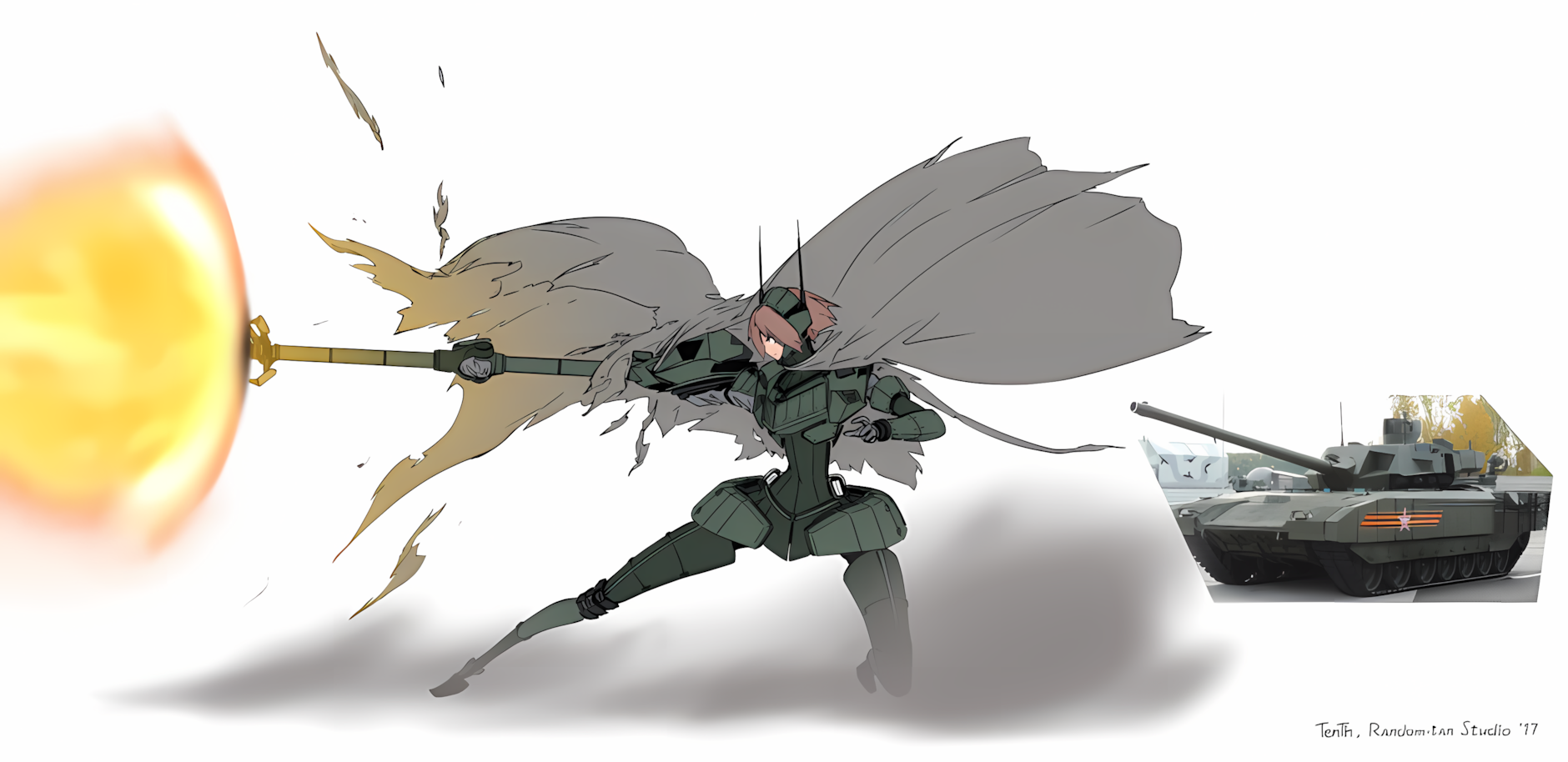
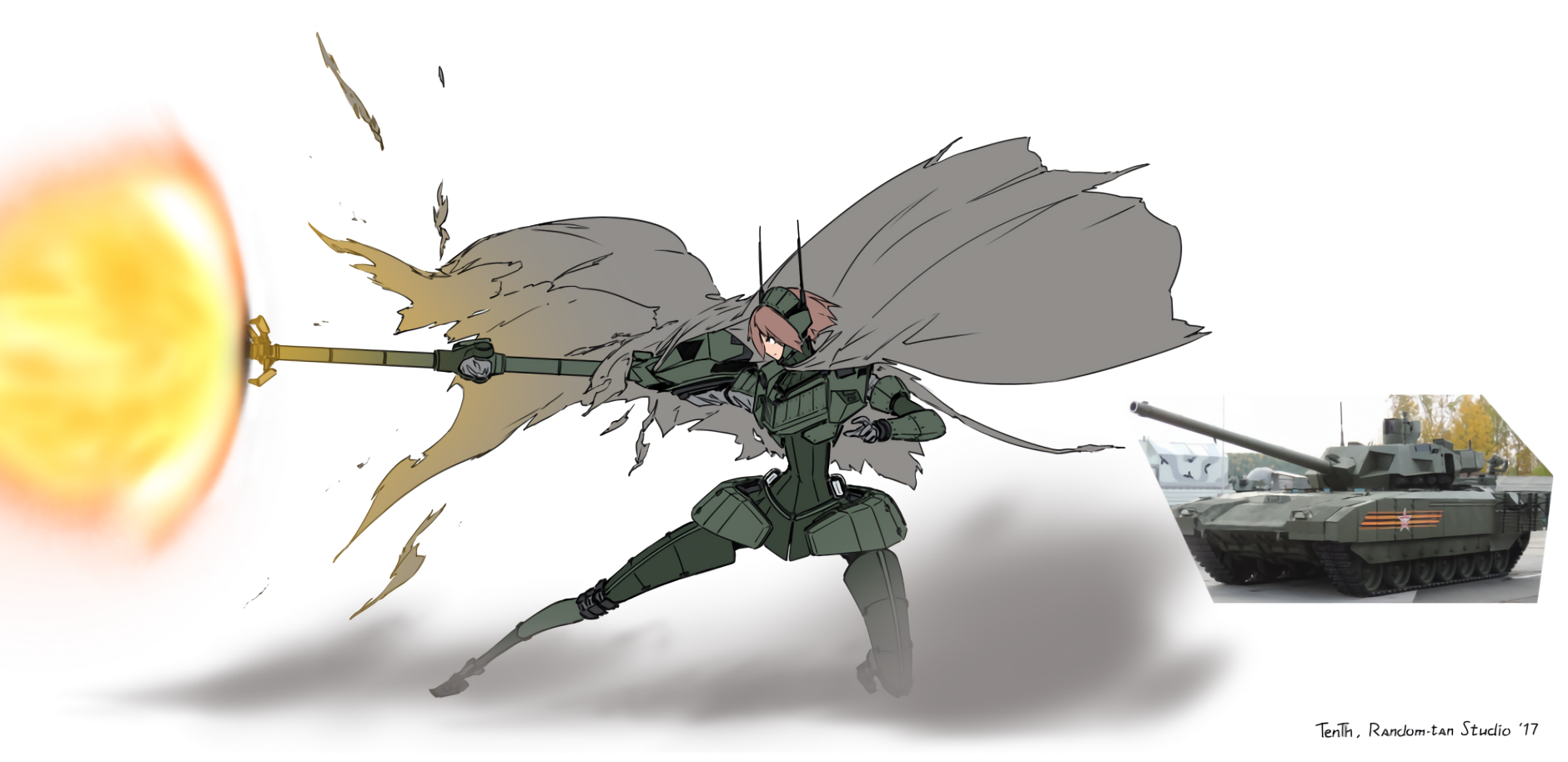
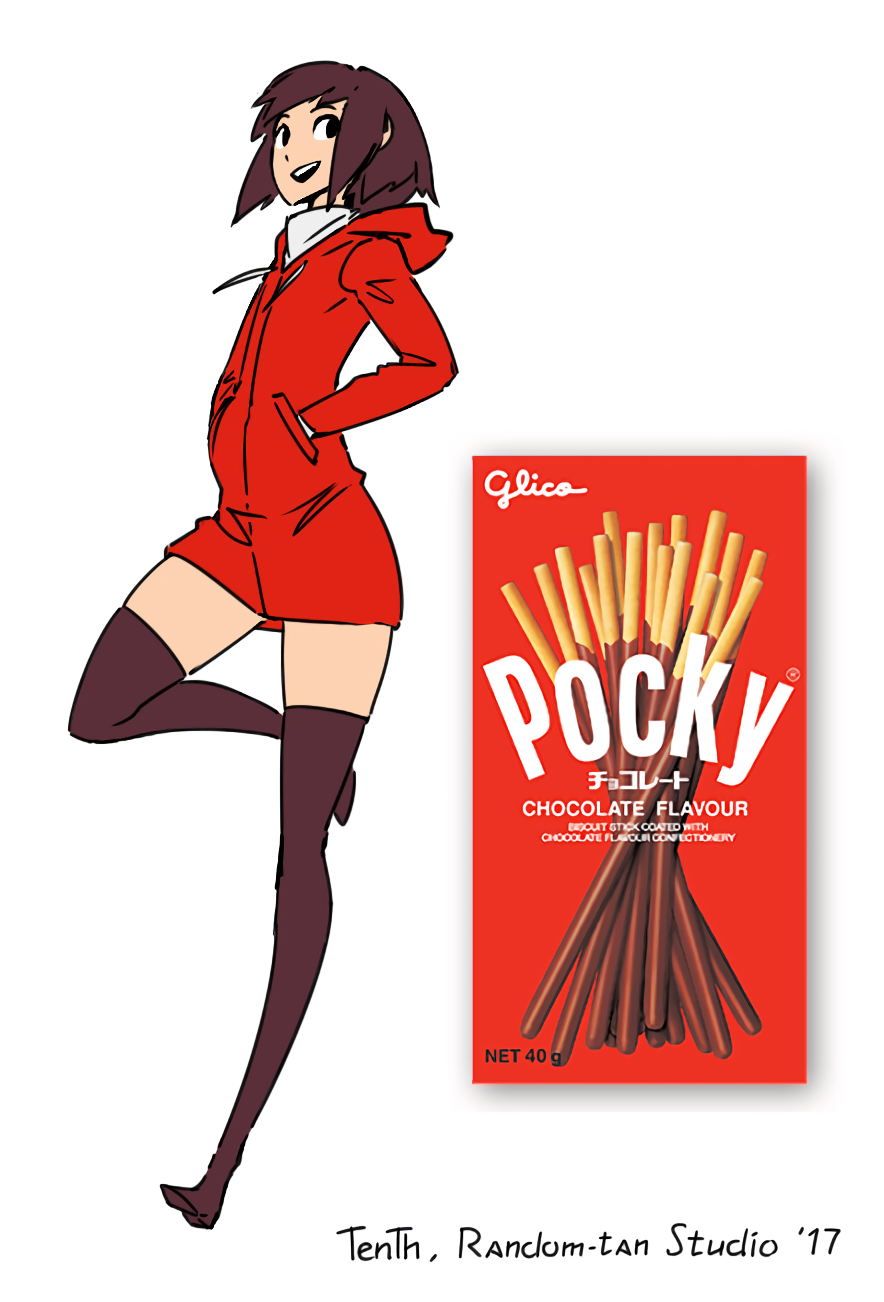
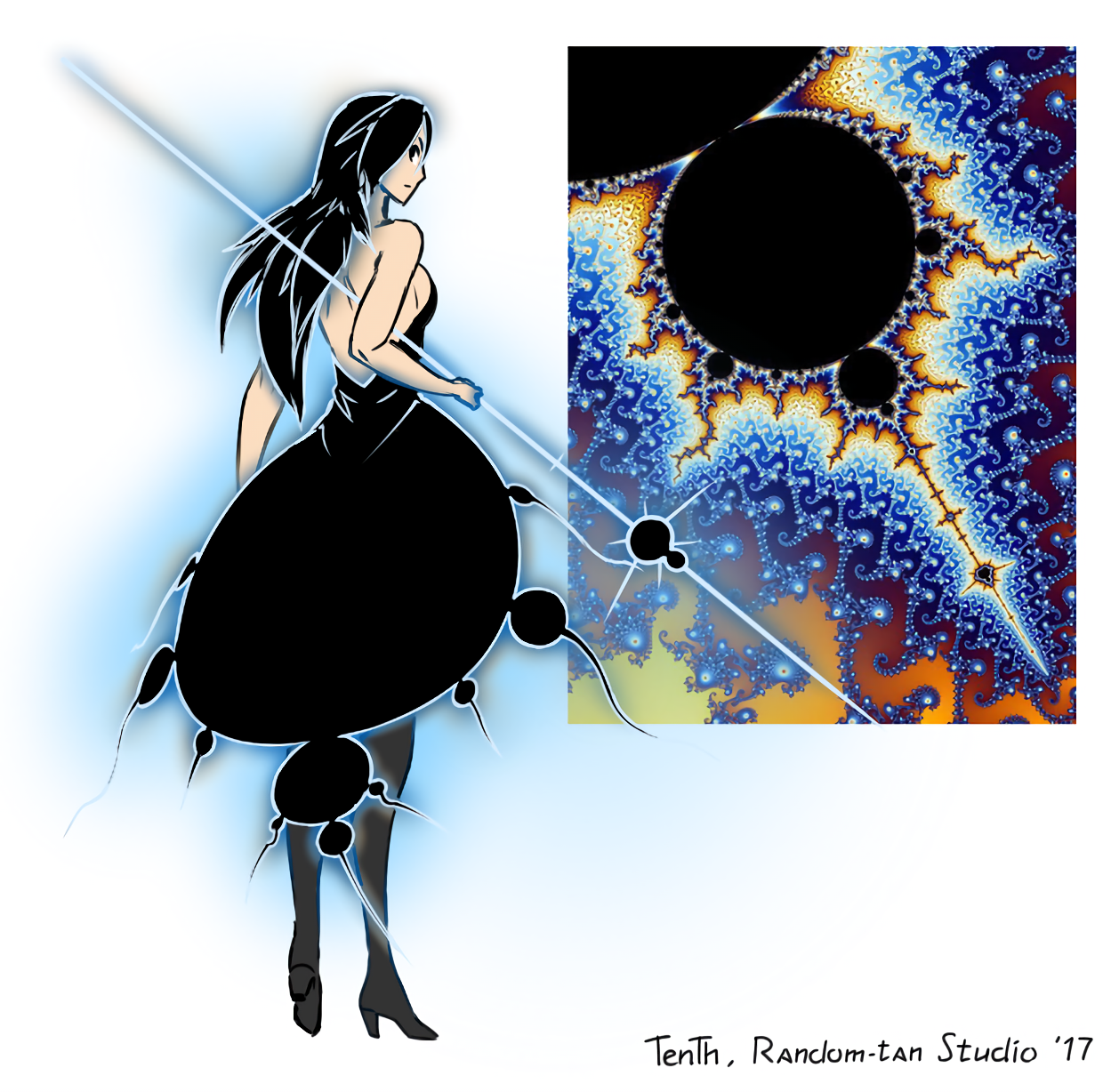
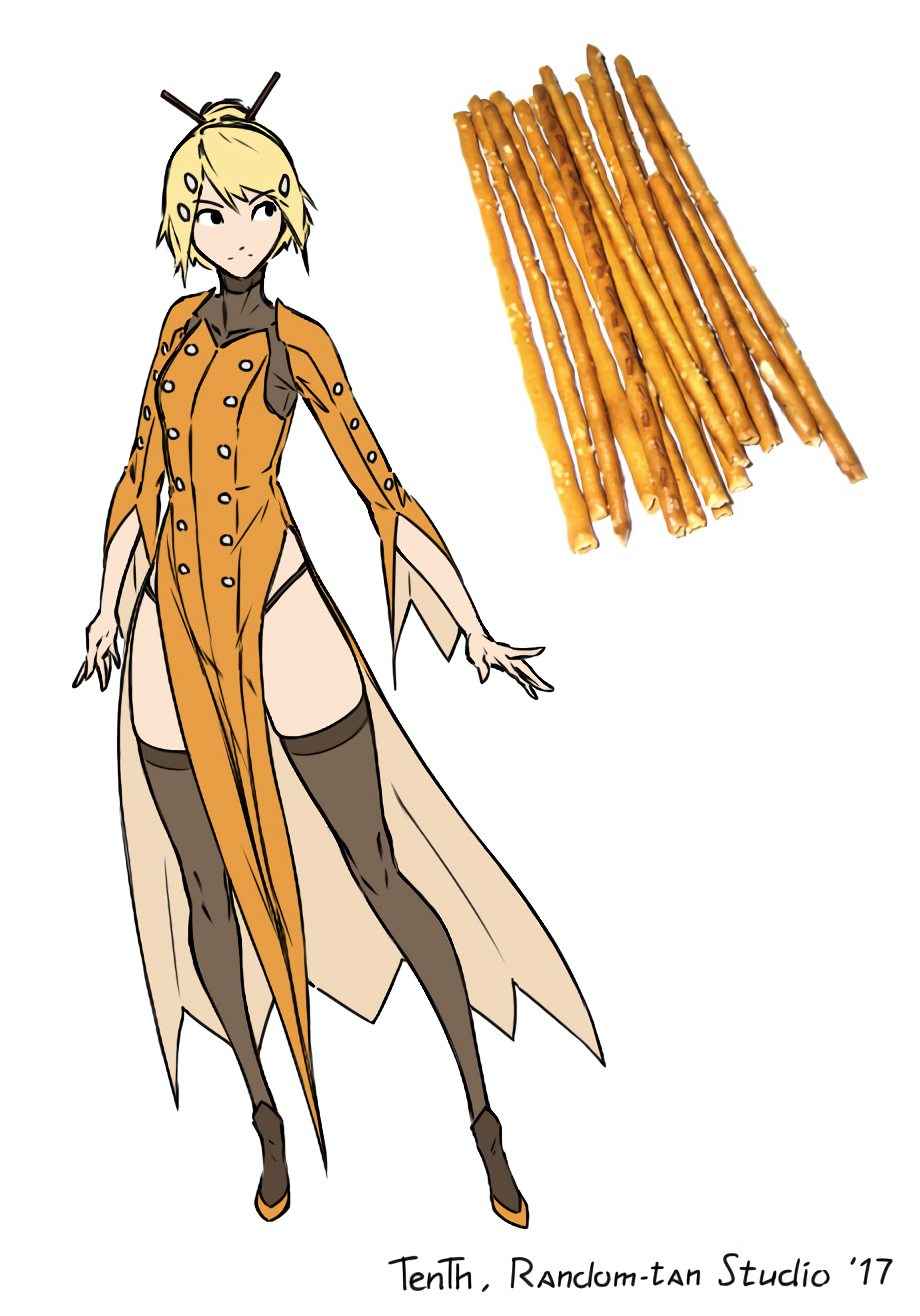
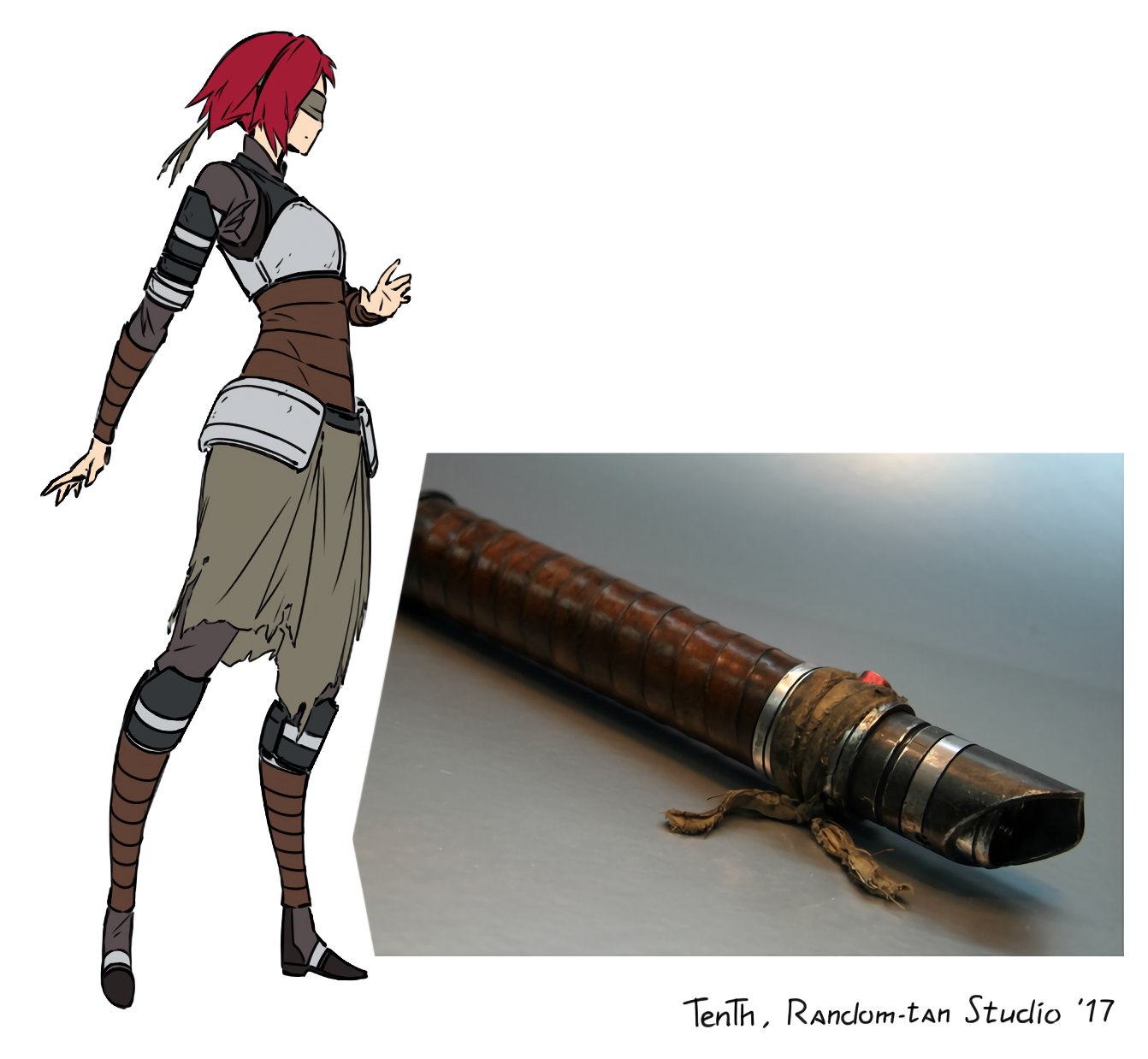
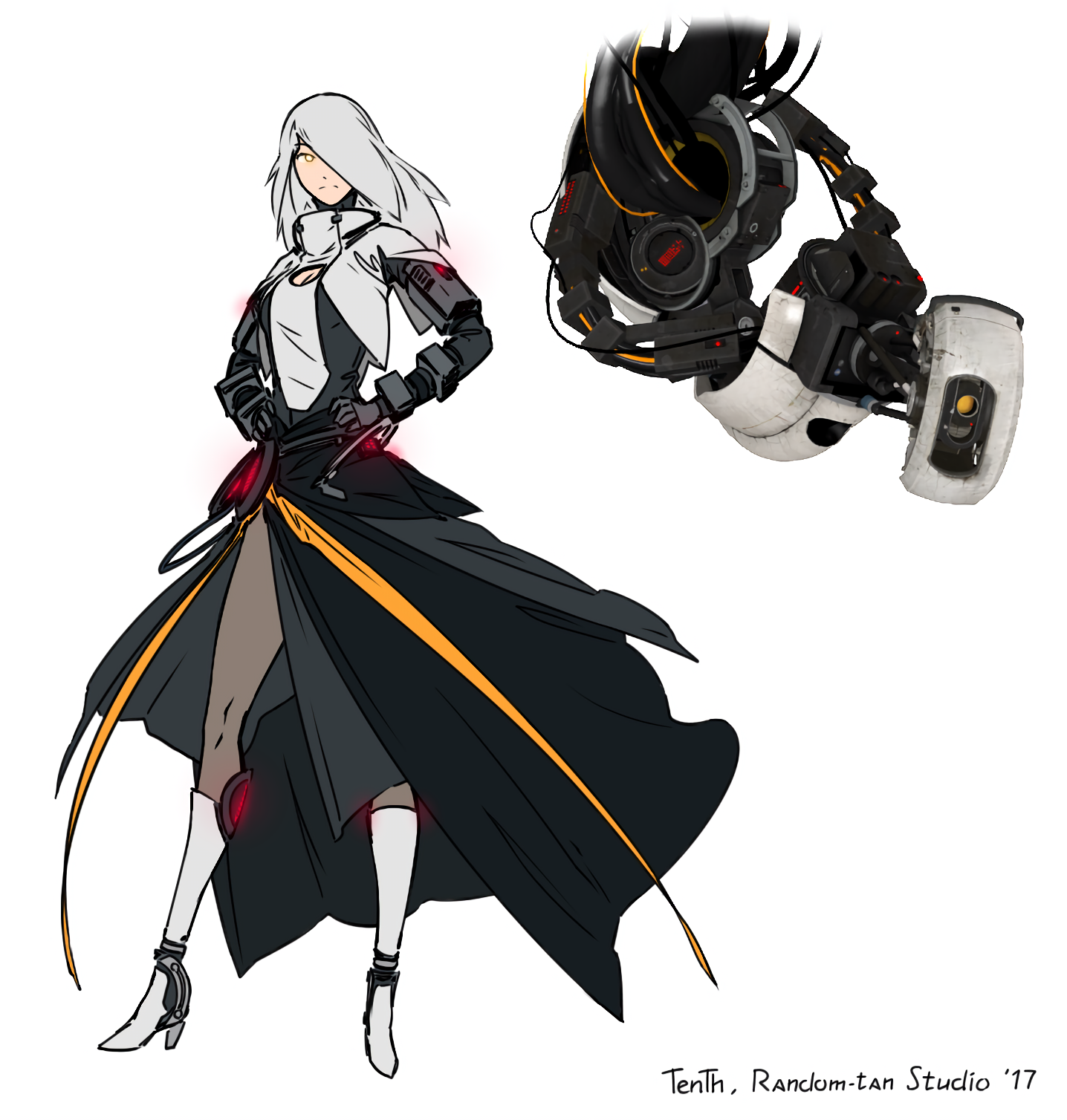


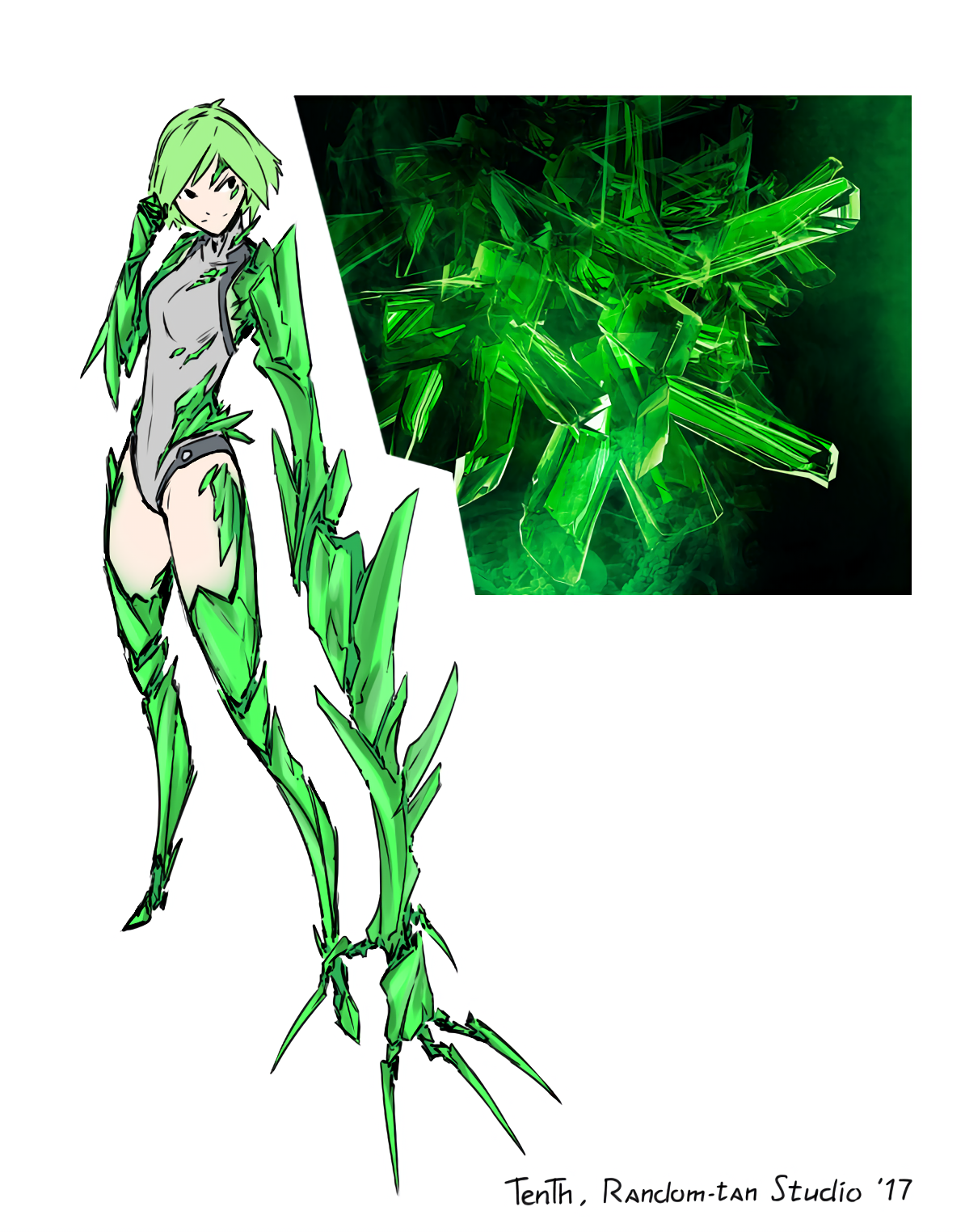
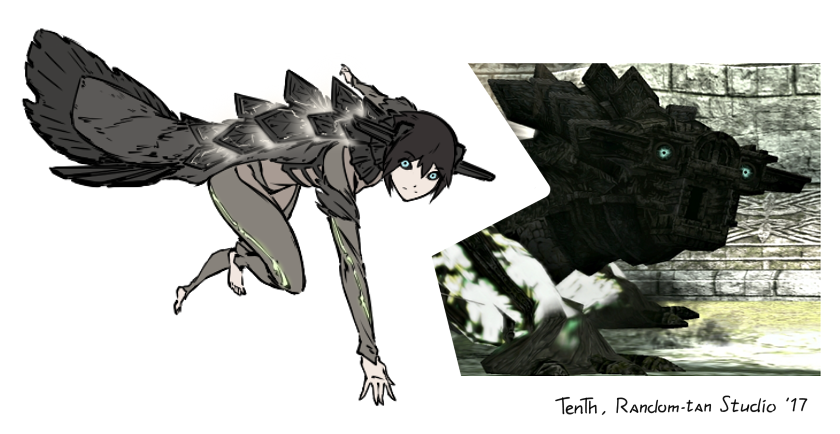
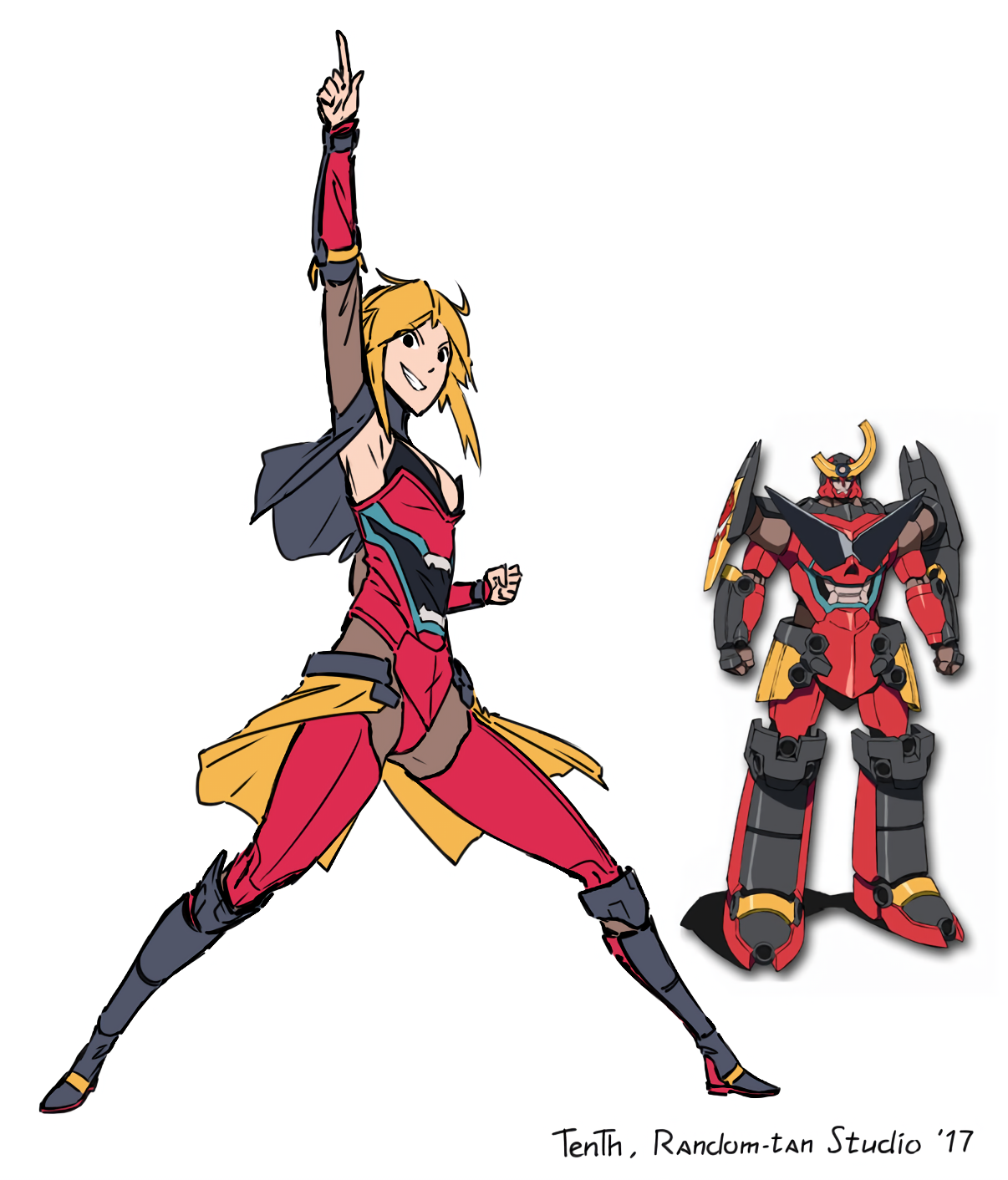
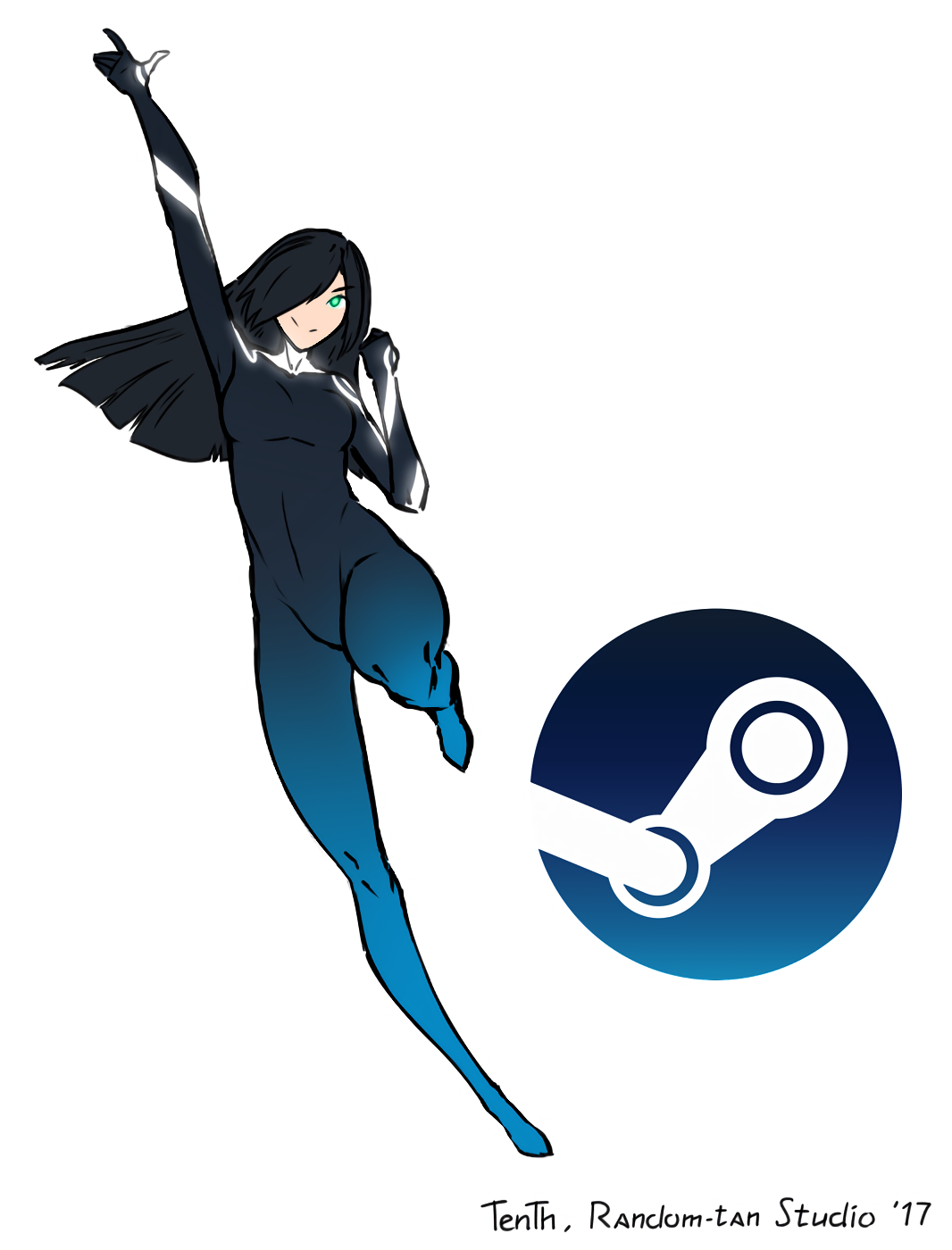
The hole in the fuselage that caused them to be sucked out was actually made by one of them in a suicide/homicide. Very tragic. Somebody invest in mental health please!